Today, we live in a world of smartphones and other electronic gadgets. The two most popular operating systems are iOS and Android. But there used to be an OS that tried to merge the two most popular operating systems’ strengths. It was versatile, easy to use, and catered to many users’ want for a “no-fuss” user interface. This was the MeeGo operating system which is developed by an open-sourced community. This means that it is easily customizable to the user’s liking.
MeeGo is an operating system by Linux which discontinued in 2011. This gave way to a new development of a fresh mobile operating system called “Tizen.” The new operating system is now under Samsung. It is running on several new electronic gadgets available in the market today. You may be able to find that your car infotainment or netbook is running on Tizen.
Early Development Of MeeGo
Intel is the world’s largest chip manufacturer. Nokia, on the other hand, is the world’s largest mobile handset manufacturer. Both manufacturers teamed up on the 15th of February in 2010 to form a project called “MeeGo.” They hosted this at the Linux Foundation.
Developed by Nokia and Intel, MeeGo is what could have been a great mobile operating system besides Android and iOS. It’s made for smartphones, Netbooks, tablets, connected TVs, and other computer devices. It is an open-source Linux-based OS. The Maemo and Moblin operating system projects are the predecessors of MeeGo. It is intended to run on varied hardware platforms. This also means that MeeGo supports both ARM and Intel x86 processors. MeeGo uses several interfaces that it depends on. Both the popular Nokia N9 and Nokia N950 runs on the MeeGo OS v1.2.
MeeGo Projects
MeeGo OS v1.2: Harmattan
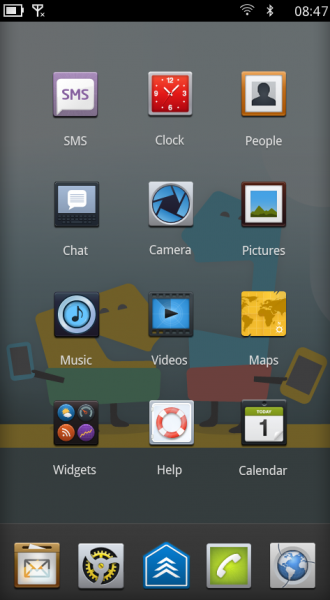
Two models from Nokia, the Nokia N9 and N950 phones used the MeeGo OS v1.2 called “Harmattan.” The inclusion of the mobile OS to the Nokia handphones could have been a tough competition for Apple iPhone 4, which was steadily dominating the smartphone industry in 2011. The Harmattan OS relatively gives power to the N9 models. Its swipe gestures are on point. It also gives preference to multitasking where you can view all running apps. However, this is the only time we saw the Harmattan OS as Nokia later abandoned it for Windows mobile OS.
Meego Touch
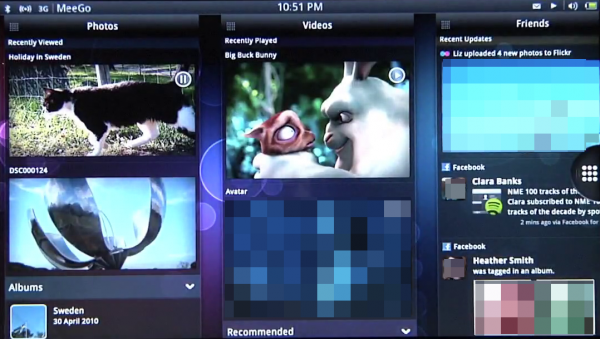
In early June of 2010 at the COMPUTEXT event in Taipei, Intel demonstrated the Tablet UX on a Moorestown-based tablet. Like all the other MeeGo projects, the Tablet UX will be fully free. The tablets will be coded with Qt and the MeeGo Touch Framework. In MeeGo Touch, it was revealed by Intel that they are taking interest in combining Qt with Wayland rather than X11. This is being done for Linux Kernel to utilize the latest graphic technologies. In September 2010, the WeTab started running on T01 with a custom user interface.
In-Vehicle Infotainment
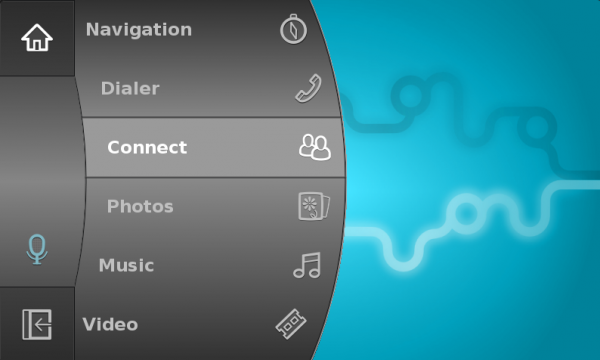
A consortium of several carmakers and their industry partners called the GENIVI “Alliance” are using Moblin with Qt. This serves as the base for the “GENIVI 1.0 Reference Platform” for the In-Vehicle Infotainment. They are also using it for the automotive navigation system. In April of 2010, Gram Smethurst of GENIVI Alliance and BMW Group announced the switch from Moblin to MeeGo.
Netbook
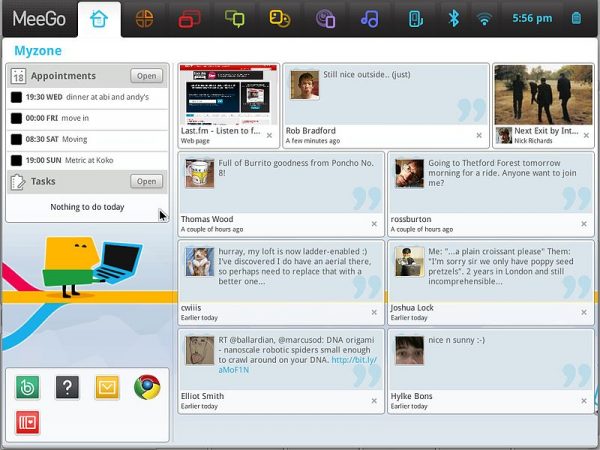
A continuation of the Moblin interface is the Netbook UX. MeeGo operating system ran on the Samsung Netbook NP-N100. Several Linux applications used by MeeGo netbooks included Evolution, which is for emailing and calendar. Other applications are as follows: Empathy for instant messaging, Chromium for web browsing, and Banshee for its multimedia player.
MeeGo to Tizen
In 2011, Nokia decided to abandon the MeeGo project. MeeGo was left to Linux Foundation and Intel for development. Both Linux Foundation and Intel are open source communities. But in September 2011, both open communities canceled MeeGo in favor of Tizen OS.
Jola is a Finnish company that will continue the development of the MeeGo branch. This would help them to develop a new OS called “Sailfish OS.” that would later launch in 2013.
MeeGo Open Source Community
Anyone who wants to contribute to the OS is welcome to do so since it’s an open-source with a huge community following. The N9000 adaptation team is one of the main projects that’s continuing to grow daily. This team is responsible for having MeeGo running on the Nokia N900. The Nokia N900 is the only commercial smartphone that runs on MeeGo. Although it wasn’t the Nokia N900’s primary OS because it was still in the early stages of development at that time.
MeeGo Inclusions
It enables applications to have computationally and graphically orientation. This is due to performance optimization features. It delivers the best web experience because it doesn’t compromise internet standards. MeeGo is also very user-friendly. It’s is very powerful and versatile because of it’s UI/app development environment framework. Netbooks running on MeeGo supports several languages such as English and British English, Russian, Dutch, Japanese, Polish, Italian, Finnish, French, Traditional and Simplified Chinese, Swedish, Korean, Portuguese, Brazilian, and German. Apps on mobile phones can work smoothly on cross-platform.
There are also a few disadvantages to MeeGo mobiles. The popular Nokia N9 ran on the OS and quite a number of its users did not like the operating system. First, it doesn’t have flash support in its browser, so watching videos and animation did not go smoothly. MeeGo OS supported only a limited set of apps from the MeeGo Garage. The MeeGo Garage is the OS’s own apps store. It only had a few apps available for its users which wasn’t helpful, nor did it give its users variety.
There is also no office document editing. This turned off a lot of users since being able to edit office documents on the go would have been very useful. The batteries of the device were also non-user-replaceable. Other than that, it didn’t have a slot for a memory card. Nor does it have a microSD card slot, which made it even less inviting to new users. Lastly, it didn’t have an FM radio. These made the MeeGo operating system less attractive to consumers.
Sansubf and Intel Partnership
Samsung partnered with Intel to develop Tizen operating system based on HTML-5. Tizen was built from Nokia and Intel’s previous Linux-based platform called MeeGo. Just like Android, Tizen is open-source which means its hardware manufacturers are free to tinker around with the interface and make its UI custom to their liking.
Some of the features in Samsung’s Bada OS will also be featured in Tizen. Since it is based on HTML-5, content creators have an easier time with development cycles. This makes it cheaper to produce apps and works very well with the web.
Users can expect smoother web applications for smartphones and tablets. There is very little need to download plug-ins to watch videos or play music online because there is greater native support for videos flash media.
Samsung Takes Over
However, Nokia has switched to Windows Phone which caused a lot of glitches, so the MeeGo OS has floundered. Intel has then been looking for a new and better OS. This resulted in the new Linux-based open-source project called “Tizen.” The Linux Foundation is the host of the new Tizen project. Together with Intel and Samsung as the leaders of the development. LiMo Foundation will be joining the effort. There is a shared alliance and leadership with different telecommunication companies for Tizen. This includes SK Telecom, Telefonica, Samsung, Vodaphone, ACCESS, Panasonic Mobile, NECCasio, and NTT Docomo. Multiple devices such as smartphones, tablets, and smart TVs will be supported by Tizen. There will also be an emphasis on HTML apps.
Microsoft has partnered with Windows and Google to buy themselves a hardware company. With this, Samsung wants to have better control over its OS potential. Tizen may not be as popular or established as Android yet. But it might still be beneficial for big-time mobile company.
Samsung partnered with Intel to develop Tizen operating system based on HTML-5. Tizen was built from Nokia and Intel’s previous Linux-based platform called MeeGo. Just like Android, Tizen is open-source. This means that its hardware manufacturers are free to tinker around with the interface. Thes UI can be made completely custom to their liking.
Check out other Mobile Open Source OS Alternatives To iOS.
Tizen Transition
Transitioning to Tizen is already being encouraged by the MeeGo project. MeeGo believes that “future belongs to HTML5-based applications, outside of a relatively small percentage of apps, and we are firmly convinced that our investment needs to shift toward HTML5.”
Intel AppUp developer program and a development framework will be based on HTML5 and WAC standards. With this, Tizen will be supported by Intel. MeeGo netbooks will still support newly-developed Tizen apps. All apps will be compatible and unchanged on all MeeGo notebooks, new and old.
“We’ve been a core Linux partner… and this is in line with our strategy of supporting many platforms” told by a Samsung spokesman to Reuters. Tizen is added to Samsung’s long list of supported mobile operating systems. These operating systems include Android, Windows Phone, and its Bada OS. Samsung’s Bada OS is a custom-build mobile operating system that became an OS company in 2012.
Albeit MeeGo’s downfall, it has its many advantages. It’s very versatile and any device running the OS is compatible. If you are using the OS and watching a movie on your smartphone and you want to continue watching on your TV, you can. The two devices and be connected through a cloud network. Then you can have your movie played on both your smartphone and TV without fuss.
The selling point of iOS and Android’s 4.4 KitKat is their user-friendliness. Many people are asking whether Tizen will provide the same ease of use and intuitive experience. In Tizen’s 2.2.1 model, it did not look far from a TouchWiz-layered Android.
Tizen’s Selling Points
Tizen’s Dynamic boxes play a big role in the overall feel of its UI. You can resize it completely to reveal more app information.
To view the notifications, users can swipe down the toggle bar, the same as in the TouchWiz UI. It can support multitasking, power-saving, and firewall to protect your smartphone from unwanted sites and viruses. Other features are now available on current Samsung phones.
Tizen OS is now offering its users a unified experience across multiple electronic gadgets. It is now featured on TVs, laptops, and some on bank and car industries as according to J.K. Shin, the co-CEO of Samsung Electronics.
The first official device from Tizen is the Samsung NX300M camera which has 20.3 megapixels. It was announced in late 2013. There are now quite some smartphones from Tizen too.
Tien’s Early Stages
Samsung used Bada OS at the beginning of a handful of its wearable products. However, they also dipped their toes in using Tizen in a handful of smartphones.
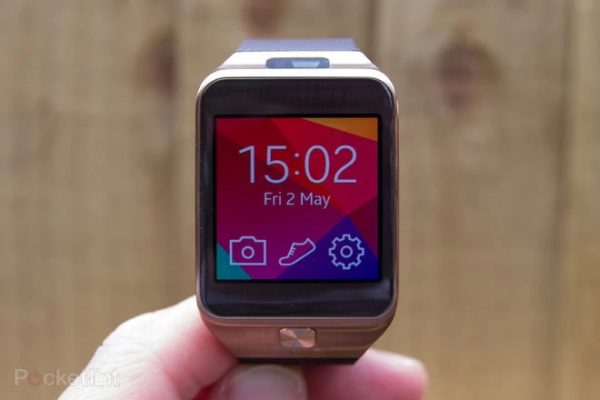
At the beginning of Samsung’s smartwatch production, its products also ran on Tizen. Although the first releases of Samsung’s smartwatches didn’t boom, they were still quite popular. Many consumers that time complained about the watches only being compatible with Samsung smartphones.
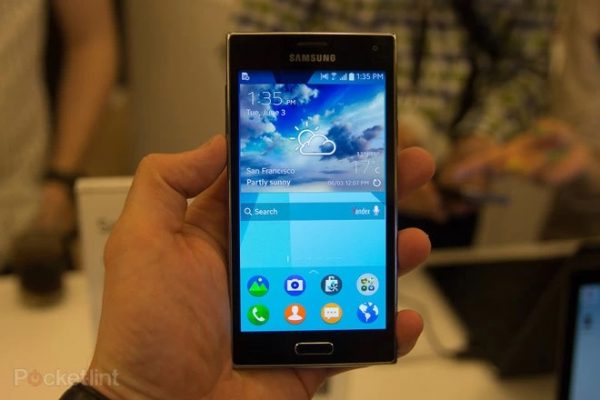
In Samsung’s Z-series: Z, Z1, Z2, Z3, and Z4, Tizen is the OS of choice. Before smartphones literally became the all-in-one gadget and mostly used for just calling and texting, some Samsung phones ran on Tizen.
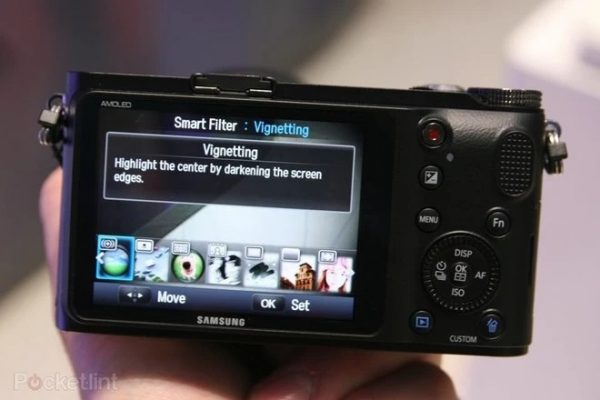
Some Samsung cameras such as the NX1, NX200, and NX300 all ran on Tizen during the operating system’s early development. Although the Tizen-ran cameras were short-lived since Samsung has decided to wind down its camera production in 2017. Samsung couldn’t compete much with the more established cameras like Canon, Nikon, and Sony.
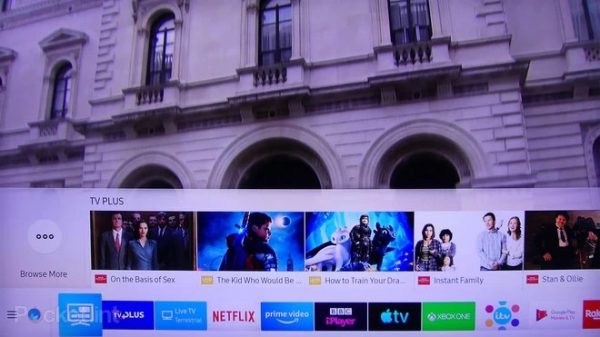
Currently, Samsung is one of the biggest sellers of TV products. They offer 4k HDR televisions that look stylish and with smart features. The user interface is known as “Eden 2.0” but was built on Tizen OS. You can run several popular streaming sites on Samsung smart televisions such as Netflix, Amazon Prime, and YouTube.
Tizen’s Future
Tizen has come a long way from being an end-product of MeeGo. Albeit Tizen still being relatively new to the market with lots of improvements ongoing, it has a huge potential as an operating system for many electronic gadgets. Only time will tell if it does follow the footsteps of the popular iOS and Android operating systems. It’s still in constant development and only a matter of time until it gets proper recognition. However, with its smooth operation and user-friendliness, it’s bound to become a crowd favorite.
Intel is the world’s largest chip manufacturer. Nokia, on the other hand, is the world’s largest mobile handset manufacturer. Both manufacturers teamed up on the 15th of February in 2010 to form a project called “MeeGo.” They hosted this at the Linux Foundation.
Developed by Nokia and Intel, MeeGo is an operating system. It’s made for smartphones, Netbooks, tablets, Smart TVs, and other computer devices. It is an open-source Linux-based OS. The Maemo and Moblin operating system projects are the predecessors of MeeGo. It is intended to run on varied hardware platforms. This also means that MeeGo supports both ARM and Intel x86 processors. MeeGo uses several interfaces that it depends on. Both the popular Nokia N9 and Nokia N950 runs on the MeeGo OS v1.2
